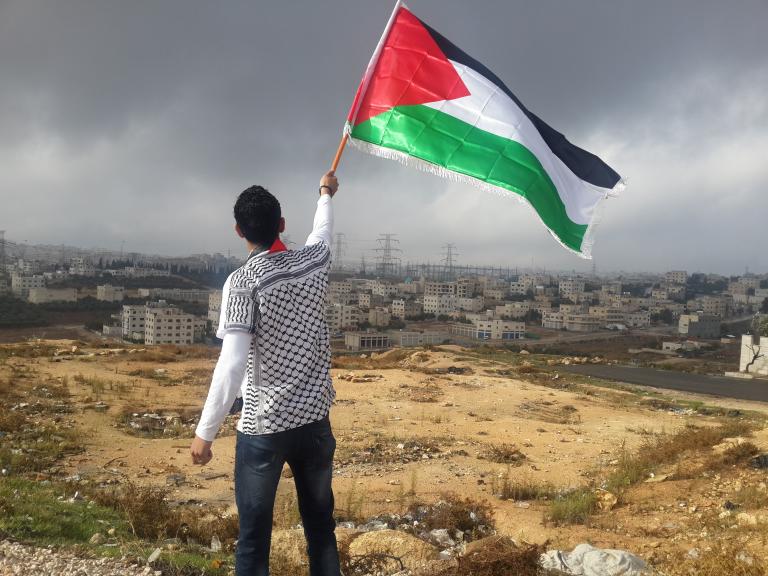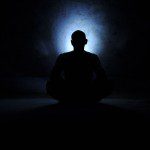Tomorrow, May 15, Palestinians and supporters around the world will mark Nakba Day, commemorating the displacement of hundreds of thousands of people in the creation of the state of Israel in 1948. From the UK’s Independent paper, we read:
The convergence of the 70th anniversary of Nakba Day with these contemporary developments is an opportunity to consider its significance in the past, present and future.
The Nakba was the systematic expulsion of Palestinians and destruction of their communities. Over a period of two years, 85 to 90 per cent of Palestinians who had been living in what became the State of Israel were expelled and hundreds of villages were destroyed.
The Nakba fits our understanding of what we now refer to as ethnic cleansing.
And, the article states the destruction and killing continues. Ethnic cleansing, siege, territory theft, apartheid, are all terms gaining increasing currency in describing the situation there. You can read about the little village of Al Walaja, near Jerusalem, which for many represents a microcosm of the greater conflict.

Today the Palestinians have a voice, however often silenced it might be. My Unitarian Universalist Church here in Seattle has its own Palestine-Israel committee devoted to working on peaceful solutions to the conflict. Other organizations and gatherings like this, large and small, dot the map.
Rotate your globe just a few degrees and you will come to eastern Burma and Bangladesh, where a fresh catastrophe is unfolding. This catastrophe has received global news coverage over the last five years, including a number of stories here:
- Americans “Duped,” Burmese “Brainwashed” About Ongoing Violence in Burma / Myanmar MARCH 30, 2018
- Buddhism, Burma, and Politics via Religion Dispatches FEBRUARY 22, 2018
- Join the Buddhists Supporting the Rohingya of Burma FEBRUARY 6, 2018
- The Guardian in Myanmar (Burma) : See and hear for yourself the Buddhist views of Islam SEPTEMBER 14, 2017
- Buddhists could be perpetrating a genocide in Burma (Myanmar) SEPTEMBER 1, 2017
- BREAKING: major earthquake hits India/Burma (Myanmar) region JANUARY 3, 2016
- The Daily Show’s Trevor Noah takes us to Myanmar (Burma) NOVEMBER 13, 2015
- Understanding Buddhist-Muslim relations in Burma (Myanmar) JUNE 16, 2015
Global organizations for human rights have reached out to make the Rohingya a focus of their work, including Unicef USA, Human Rights Watch, the UN Office for Coordination of Humanitarian Affairs, and Buddhist Global Relief.
And while some Buddhist leaders in Burma, who wield significant power, have actively supported the violence against the Rohingya, others have spoken out against it. It is certain, too, that they are at least receptive to foreign criticism for their actions, leading numerous Buddhist leaders around the globe to sign an open letter to leaders condemning the violence. However, Burmese leaders, including Aung San Suu Kyi, have denied the violence, minimized it, or deflected responsibility and will likely continue to do this until global support for the Rohingya reaches a point where they can no longer ignore it.
Writing earlier this month for the Washington Post, Alex Wagner writes that ‘My’ Burma was a lie woven from the nationalist nostalgia of its exiles. The article in full is worth reading, as it draws us into the deconstruction of the lie, allowing a glimpse into both realities, as it were.
It solicits empathy for those still doggedly defending the mythical Buddhist land of peace, while showing how that myth maintains itself even in the face of obvious Buddhist violence. She writes reflectively of the beauty and peace of the country as remembered by her family, but also of the current reality:
Burma, led by both its military and civilians, is engaged in genocide, a systematic slaughter of its Muslim minority. In the past eight months alone, some 14,000 ethnic Rohingya have been killed. Seven hundred thousand have fled a terrifying brutality: babies stabbed to death or tossed alive into fires, grenades thrown through the front doors of homes, mothers gang-raped and slaughtered. Suu Kyi alone could not have stopped this killing, but that is beside the point: She has refused even to acknowledge it.
She goes so far as to call the current crisis “a bloodthirsty campaign – being waged by Buddhists.” Such writing tends to raise the hackles of Burmese nationalists and their supporters, along with a fair number of Western converts who insist that no real Buddhist could commit violence.
That such a bloodthirsty campaign is being waged by Buddhists has sometimes been a source of shock to the rest of the world. But for those of us in the West who had pinned a part of our national identity on Suu Kyi and her struggle, it has prompted introspection: Where did this violent strain of Burmese nationalism come from, and what does it mean for us?
As it turns out, the roots of this particular Burmese intolerance run deep.
She offers a short history of the ethnic divisions of parts of Burma where the Bamar (“ethnic Burmese”) hold power as a majority. Like Syria and Israel-Palestine, as well as neighboring Pakistan-India-Bangladesh, Burma was forged out of Post-WWII colonial map making and retreat. Her concluding words could be written of so many countries, so many periods in human history, a warning of the peril of looking away and a plea to take the lessons of Burma now to heart:
Here, then, is the rot on the underside of our Burmese story, a decay that attends any truthful accounting of a place and people. No country can merely be the province of frangipani blossoms and golden light, after all. If there is something to learn from this mournful episode, it is the danger that we, as a society, repeat these horrors and injustices, decade after decade, when we construct identities that are too rooted in simplicity, too reliant on nostalgia, too ready to embrace heroes who stand atop pedestals fashioned from lies.
How very true, in Burma as in Israel and so many other places.
Enjoy reading this blog?
Click to support independent coverage of Buddhism as a patron.













